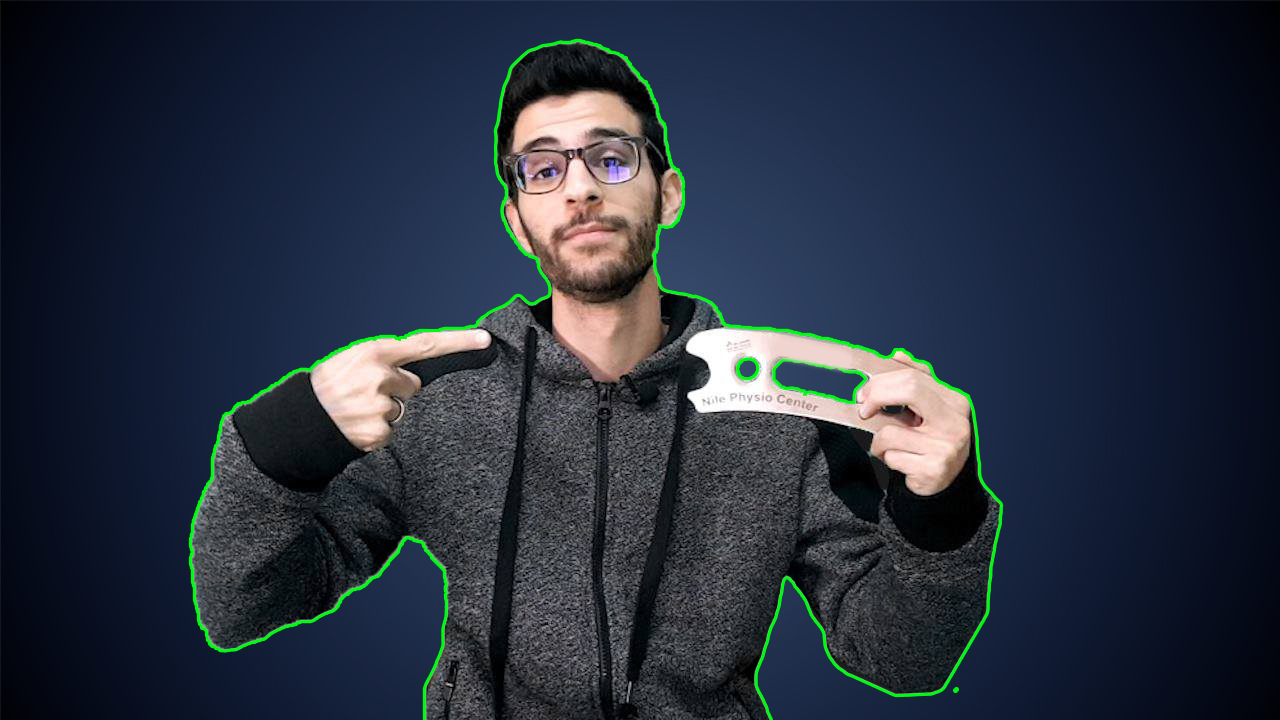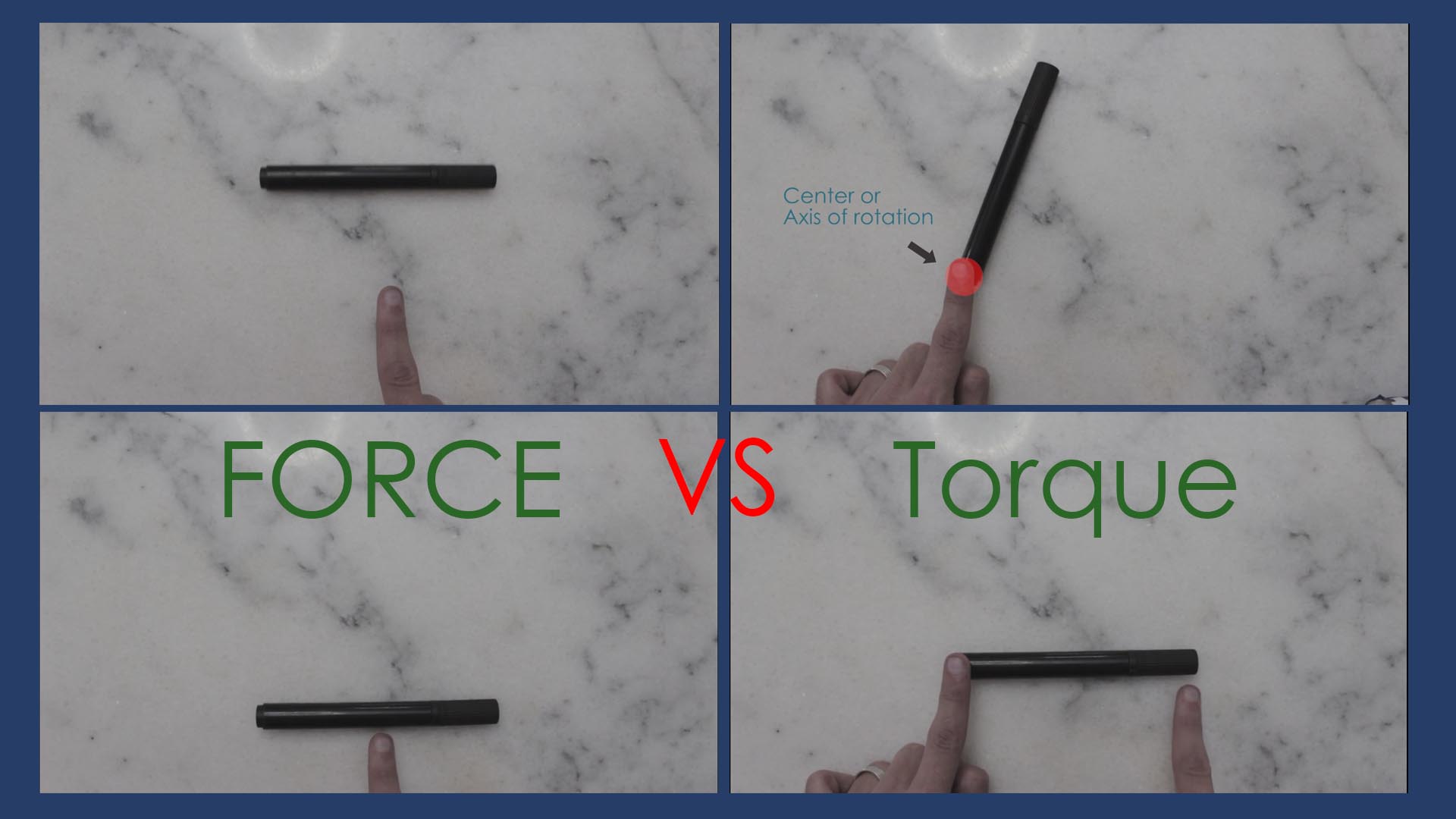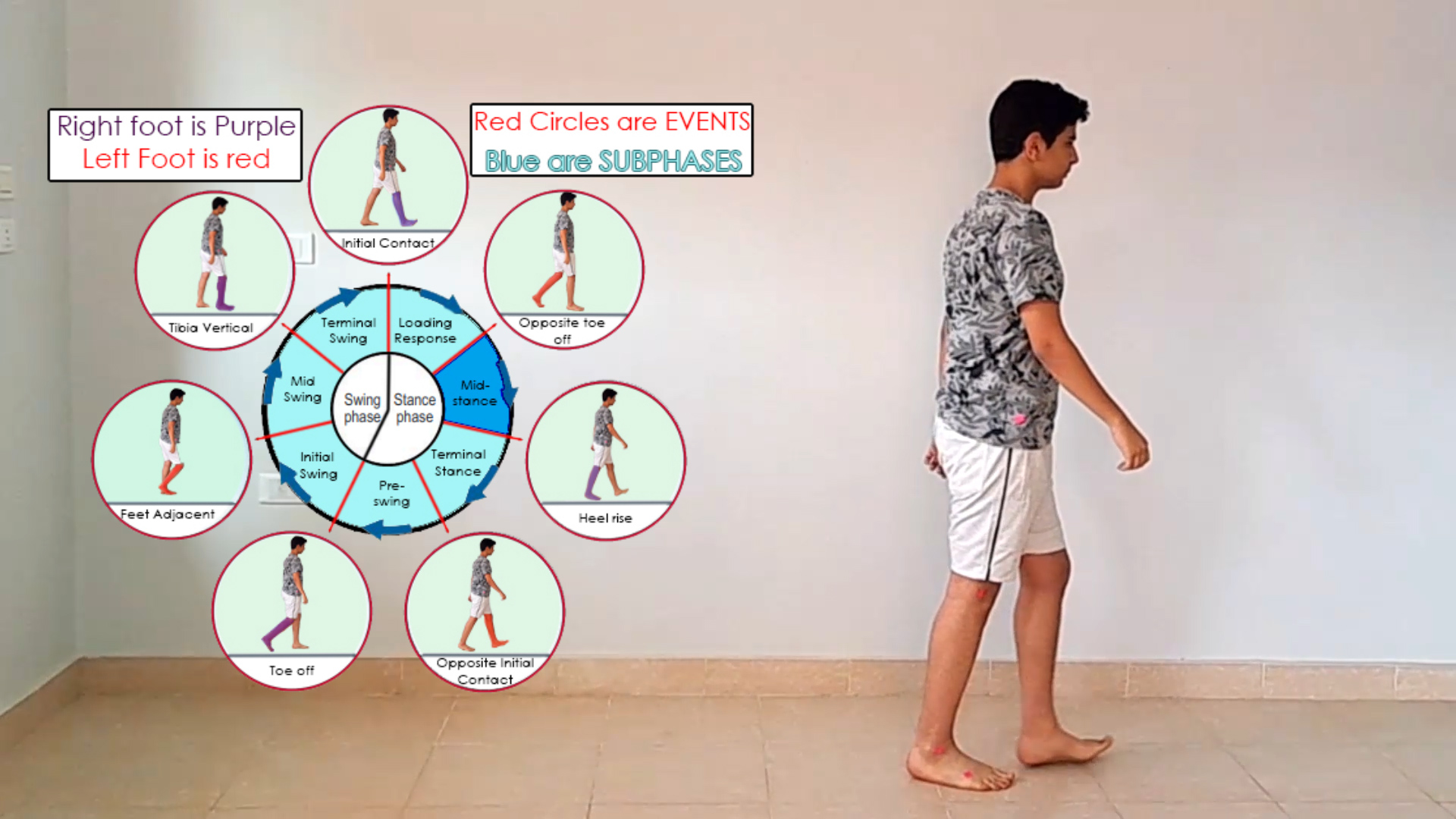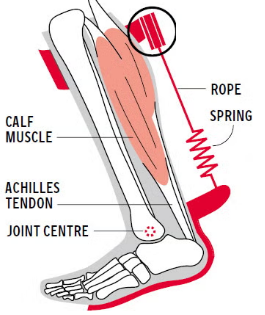The Fundamentals of IASTM: A Beginner’s Guide
Welcome to the world of Instrument Assisted Soft Tissue Mobilization (IASTM)! Whether you’re a seasoned physical therapist, a dedicated athletic trainer, or a curious newcomer to the field of sports medicine, understanding the fundamentals of IASTM is essential for enhancing patient care and optimizing therapeutic outcomes.
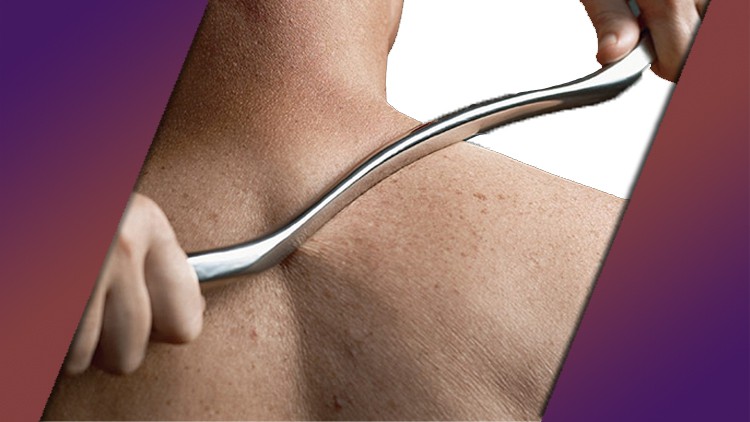
What is IASTM?
IASTM involves the use of specialized tools to effectively detect and treat soft tissue dysfunctions, injuries, and restrictions. These tools, typically made of stainless steel or other materials with ergonomic designs, feature various edges and contours tailored for specific therapeutic applications. The primary goal of IASTM is to stimulate the body’s natural healing response by breaking down scar tissue, adhesions, and fascial restrictions, thereby promoting tissue regeneration and restoring optimal function.

Key Techniques and Strokes in IASTM
1. Sweeping Stroke: The sweeping stroke is a foundational technique in IASTM, utilizing broad, one-handed or two-handed grips to apply longitudinal strokes along the muscle fibers. This technique is ideal for treating large tissue areas like the quadriceps, hamstrings, and ITB, facilitating improved tissue mobility and reducing muscular tightness.
2. Fanning Stroke: Employing a one-handed or two-handed approach, the fanning stroke involves an arc motion across muscle fibers. This technique is effective for addressing myofascial restrictions and promoting fluid movement within tissues, making it valuable in conditions such as ITB syndrome and total hip replacement recovery.
3. Brushing Stroke: Characterized by shorter strokes parallel to muscle fibers, the brushing stroke is beneficial for breaking up scar tissue and adhesions, particularly in post-surgical conditions like ACL reconstruction and total knee replacement. It helps restore tissue integrity and facilitates smoother tissue movement.
4. Strumming Stroke: Similar to brushing strokes but performed perpendicularly to tissue fibers, the strumming stroke targets tendon and ligament structures. It aids in relieving tension and enhancing flexibility, making it suitable for conditions such as knee osteoarthritis and medial epicondylitis.
5. J Stroke: Designed to mobilize tissue interfaces like the iliotibial band and muscle belly interfaces, the J stroke involves lifting the lateral aspect of the tool at the end of each stroke. This technique effectively separates targeted tissue from adjacent structures, promoting improved tissue mobility and reducing localized pain.

Benefits of Incorporating IASTM into Practice
1. Enhanced Treatment Efficacy: By precisely targeting soft tissue restrictions and adhesions, IASTM enhances treatment efficacy, leading to accelerated recovery times and improved patient outcomes.
2. Pain Reduction: IASTM techniques help alleviate musculoskeletal pain by reducing muscle spasms, promoting blood circulation, and triggering the release of endorphins, the body’s natural painkillers.
3. Improved Range of Motion: Addressing myofascial restrictions and scar tissue with IASTM improves joint mobility and flexibility, essential for restoring functional movement patterns in both athletes and rehabilitation patients.
4. Patient Satisfaction: Patients appreciate the tangible benefits of IASTM, including faster recovery, reduced pain, and enhanced mobility, which contribute to higher satisfaction rates and increased compliance with therapy programs.
5. Versatility in Treatment: From acute sports injuries to chronic conditions like tendonitis and fibromyalgia, IASTM offers a versatile treatment approach that can be tailored to meet the specific needs of each patient.
Explore the Potential of IASTM with the A1 IASTM Course on Udemy
Ready to deepen your expertise in IASTM and integrate this cutting-edge therapy into your practice? Enroll in the A1 IASTM Course on Udemy today! This comprehensive course provides a structured learning experience designed to equip healthcare professionals with the skills and knowledge needed to effectively apply IASTM techniques.

Conclusion
IASTM represents a powerful tool in the realm of soft tissue mobilization, offering practitioners a non-invasive yet highly effective method for addressing musculoskeletal conditions and promoting tissue healing. By mastering the fundamentals of IASTM and integrating these techniques into your clinical practice, you can elevate patient care, achieve superior treatment outcomes, and differentiate yourself in the field of sports medicine and physical therapy.
Unlock the potential of IASTM today and embark on a journey toward enhancing patient recovery and restoring optimal movement patterns with the A1 IASTM Course on Udemy.
